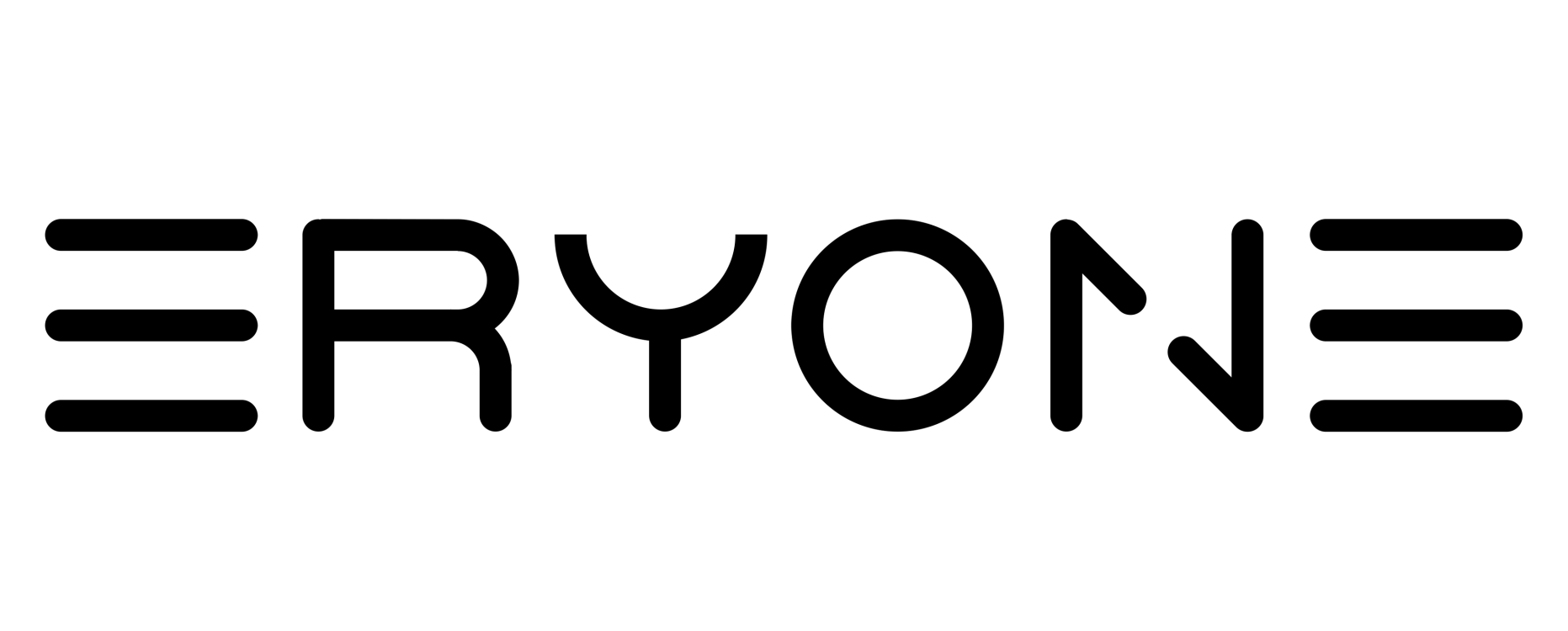
Petg
Product specifications
| Printing Speed | |
|---|---|
| Nozzle temperature | |
| Build plate temperature |
FUERTE, LUSTROSO, FÁCIL DE USAR
Una combinación de PLA y ABS-fuerte y fácil de imprimir, y brillante.
Como la mayoría de los usuarios de impresoras 3D de escritorio saben, petg es una excelente opción para producir objetos fuertes, flexibles y duraderos,
por su combinación de la funcionalidad de ABS (más fuerte, resistente a la temperatura, más durable) y la fiabilidad de PLA (fácil de imprimir) en un solo material. (de all3dp)
¿Por qué es especial
Eryone PETG destaca por su fácil de usar, seguro para alimentos, baja contracción y acabado brillante.
Al igual que una de las cotizaciones de uno de los clientes" Eryone petg es más fácil de imprimir en comparación con otros filamentos que he utilizado .. hasta ahora sólo he utilizado Eryone petg azul y no tengo problemas"
Estas son las principales características verificadas:
Más fuerte y más resistente que el PLA.
Temperatura de impresión más alta: 230-245 oC, temperatura de deflexión térmica: 63-68 oC.
Una combinación de excelentes propiedades de ABS y PLA.
El petg se puede utilizar para imprimir piezas de ingeniería.
Diámetro consistente, extrusión lisa.
Adhesión de capas fuertes.
Compatible con la mayoría de las impresoras.
Biodegradable, respetuoso con el medio ambiente.
Cuánto obtienes
1lkg(2.2lbs)/roll.
Especificación
|
propiedades físicas |
Valor típico |
Método |
|
Gravedad específica[g/cm3] |
1.27 |
ISO 1183 |
|
Temperatura de desviación del calor (0,45MPa) |
72.9 |
ISO 75 |
|
Filamento de resistencia al rendimiento de tracción[MPa] |
51 |
ISO 527-1 |

TPU Filament
is a polymer material between rubber and plastic. It has excellent high tension, high tensile strength, toughness and aging resistance. It is a mature environmental protection material. TPU consumables are added on the basis of raw materials. It is made of toner and other additives.

Technical Specification
Print Temperature:190 - 220℃, Diameter:1.75mm (Tolerance:+/-0.05mm). Shore hardness 95A, Net weight 0.5kg(1.1lbs), We recommend hardened steel nozzle 0.5mm.

Less-tangle & Wide Compatibility
Full mechanical winding and strict manual examination, which guarantee the TPU filaments tidy and easy to be fed. Works perfectly with most FDM 3d printers on the market, such as Ender 3, Monoprice, Prusa, MK3, Creality, etc.

Print Feeling and Effect
We improve the performance of TPU Filament to make it easy to print, faster than previous TPU, excellent adhesion. Clog-Free, Bubble-Free, Low-Warp, Low-String. Full mechanical winding and QC inspection to make sure the line tidy, smooth feeding and reduce Tangle.
FAQs
What is the minimum order quantity for TPU Filament?
The minimum order quantity (MOQ) is 20 rolls, and you can mix different types or colors within the order. Each roll is priced at an affordable $11.
How does TPU Filament compare to PLA in terms of durability?
TPU Filament has higher toughness and hardness than PLA. Its impact strength is over 30 times that of standard PLA, and the elongation at break is more than 50 times that of PLA, making it much more durable.
What are the recommended printing temperatures for this TPU Filament?
The recommended printing temperature is 230°C - 250°C, and the heated bed temperature should be set between 70 - 85°C for optimal printing results.
Can I use this TPU Filament with my existing 3D printer?
With a filament diameter of 1.75mm and a tolerance of ±0.03mm, it should be compatible with most 3D printers that support this filament size. However, it’s best to check your printer's specifications for full compatibility.



































































































































